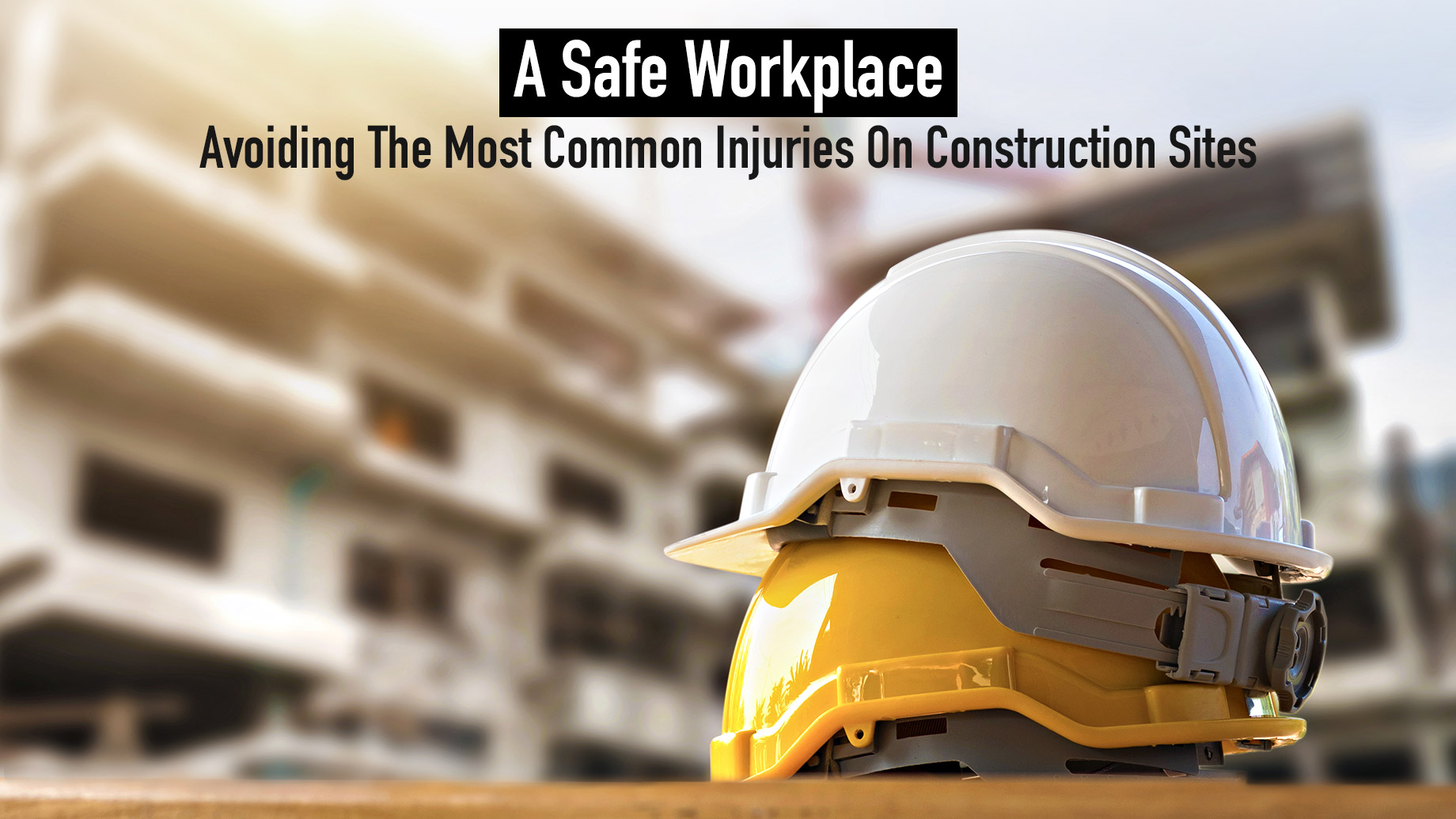
While construction is an industry that is almost continually bustling with opportunity, it’s also one of the more dangerous industries to work in.
This is despite the efforts of groups like the Occupational Safety and Health Administration (OSHA) which have been monitoring the industry closely, adding safety regulations as needed and enforcing them to decrease the reported amount of injuries and fatalities on construction sites. Still, construction workers have found themselves the victims of various kinds of injuries at work, either by corporate negligence or accidental happenstance, and in need of compensation to cover their hospital bills. Though the threat of lawsuits is often enough to make even the laziest and most uncaring overseers sit up and take notice, often, these kinds of compensatory measures come too late, as workers have already been severely injured.
If you’re a construction worker, you can’t always count on your supervisors to make sure you can work safely, and even the most diligent overseers are likely to miss something. Putting your bosses to the side altogether, construction tends to be a dangerous industry, rife with opportunities for accidents to occur: an act of God can send something as small as a bolt hurtling from a rooftop at high velocity, causing serious damage if it strikes you or your coworkers. And that’s when something SMALL falls from a great height, which will not always be the case. It’s on you and your coworkers to watch out for each other, be aware of the most common causes of accidents, and protect each other, ensuring that you are all working in the safest environment possible and prepared if something unpredictable were to happen.
Keeping that in mind, let’s talk about some of the most common accidents that occur on a construction site, and how you can prevent yourself from getting injured in them.
Falling: Keep a Tight Grip on Guardrails
By and large, OSHA considers falling to be one of the most common incidents that occur on construction sites, and even has programs dedicated to reducing their occurrences. OSHA considers slips and trips to be in the same category as falls from great heights, as both are usually the result of similar factors: surfaces that are slanted or uneven, spills or messy work environments, improper mounting/dismounting or ladder technique, or a lack of proper PPE.
As such, you can protect yourself and your coworkers from falling hazards by maintaining a clean worksite (as well as keeping them well-lit), wearing non-slip, traction attracting shoes, following the basic safety regulations for the environment you’re working in, and using three points of contact when jumping on or off of equipment. You also want to make sure that your supervisors are doing their due diligence, giving you guardrails and proper fall supports in areas where you’re likely to take a tumble: test the guardrails before using them, and if they appear to be faulty, let your supervisor know immediately.
Defective or Modified Equipment
If you’re working with a particular tool and you start to notice that it’s behaving strangely, or that your coworkers might have modified it for some unknown purpose, turn it into your supervisor immediately and warn other coworkers away from it. Most if not all of the equipment used in construction tends to be inherently dangerous, and should it start to function in unpredictable ways or should safety guards be removed (usually in a misguided attempt to improve the functioning of the tool), someone could get seriously hurt. Take note of and retire any equipment that behaves in this way, and you might save someone’s life.
You should also take out a policy for financial protection. Construction companies often get workman’s comp insurance linked here to help ease the financial burden from any accidents that may occur while on a construction site. This type of policy is meant to protect you and your company from any medical bills that could arise from an accident, which can be particularly helpful when dealing with severe injuries or fatalities.
Struck By A Falling Object
There are ways to prevent objects from falling on a construction site: be careful how you organize materials, make sure they won’t topple, and ensure that tools and materials are appropriately secured when you aren’t using them. However, construction is a messy industry, and it’s extremely likely that something will come loose and take a tumble, so make sure you and your coworkers are equipped with and wearing the proper PPE when on site.
Maintaining the safety of a construction area is on every single person working in that area: should you see your coworkers not following the regulations properly, or should you determine that your bosses aren’t particularly interested in following rules either, seek to hold them accountable. And remember: for the latter, there’s always the legal solution.